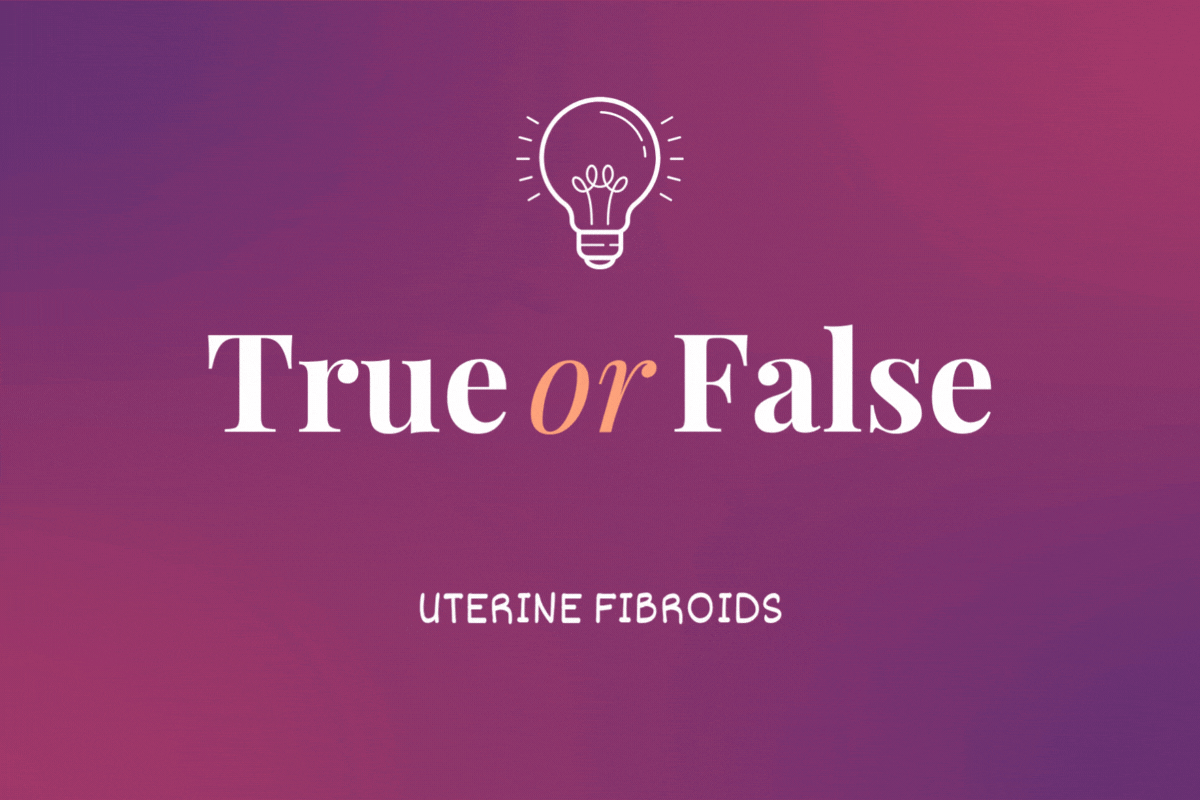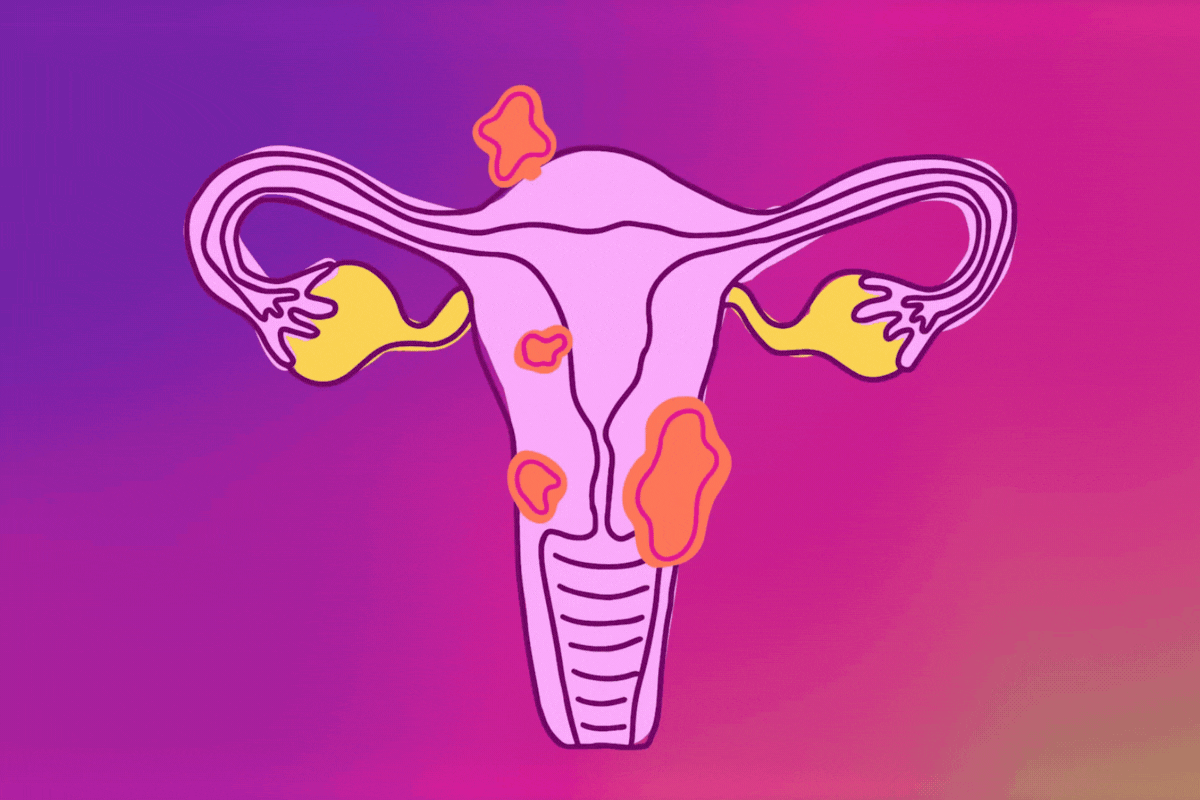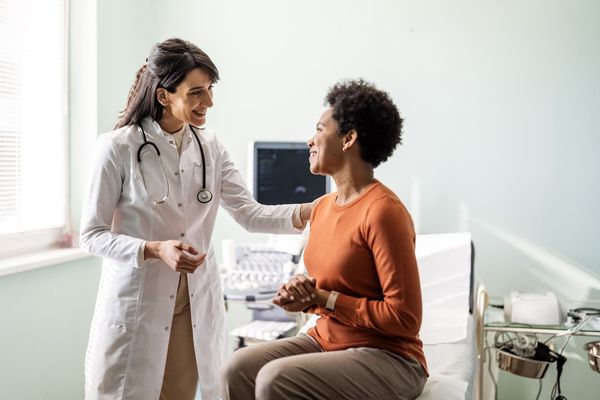This article was developed in partnership with The White Dress Project.
Uterine fibroids are the most common gynecological condition among women of reproductive age. By the time they turn 50, up to 80% of all women will have developed fibroids, with 20% of those women experiencing symptoms that can range from disruptive to debilitating.
Even as women continue to experience fibroid symptoms, awareness of uterine fibroids remains low. Lack of access, education and resources, along with negative past experiences in healthcare settings, play a significant role in the number of women who go undiagnosed. Even when women do receive a diagnosis, many say they weren't given information about the spectrum of treatment options available to them.
This guide can help healthcare providers (HCPs) communicate better with their patients about uterine fibroids so patients can feel empowered to make informed choices about their treatment. Patients should see their HCPs as partners in helping them manage their fibroids so they can have the best quality of care possible.
- Use terms and language that the patient will understand. It's important to explain complex medical terms so the patient fully understands their condition. For example, use a diagram to show the location of a fibroid instead of only providing the medical term to describe the type of fibroid a patient has.
- Speak slowly and clearly and pause for questions to ensure that the message is clear. Take a patient's health literacy into consideration as you talk about their diagnosis and explain why they are experiencing certain symptoms. Active listening and leaving time for questions can help ensure that a patient understands their diagnosis and next steps.
- Avoid using triggering language or gestures. Be very sensitive to the patient's expressed concerns about their fibroids and how the fibroids are affecting their day-to-day life. Some women may be self-conscious about having the appearance that they're pregnant when they're not; comparing their bloated appearance with a pregnancy can be particularly triggering for women who are struggling with getting pregnant or cannot get pregnant.
- Remind women that although fibroids may be common, women should not have to accept a reduced quality of life. Heavy bleeding and other symptoms may interfere with day-to-day life and the social, emotional, physical or material quality of life. When this occurs, it is important to think about treatments that could help with these symptoms.
- Cultural competency and sensitivity are important. Know the population you are serving and be sensitive to issues such as eye contact, language barriers, diet restrictions, religious affiliation if it affects healthcare and family member involvement in decision-making, and gender identity. It is important to remember that not everyone who has a uterus identifies as a woman. It's also important to be mindful of tone. Using a dismissive tone may come across as lack of empathy or doubt regarding what the patient is reporting. A patient will feel much more comfortable with a treatment plan for their fibroids if their cultural practices and needs are honored rather than dismissed or ignored.
- Use an interpreter service when necessary. It's important for the patient to be able to understand the nature of their diagnosis, and some terms don't translate directly from English. Having an interpreter present who can detect nuances in translation can help the patient feel more comfortable discussing their symptoms and potential treatment plan. This includes reaching out to a sign language interpreter if the patient is hearing impaired to ensure the correct message is being relayed through sign. Do not rely on family members/friends who may be with the patient, because they could misinterpret medical terminology.
- Take risk into closer consideration when addressing a health concern and creating a care plan. Some groups are at higher risk of developing symptomatic fibroids, such as African American women, and can develop larger and faster-growing fibroids at earlier ages. If your patient is a Black woman in her 20s and she's presenting with abdominal pain and heavy periods, for example, make sure your examination includes checking for fibroids and asking the patient about their family history of fibroids as well. Making a diagnosis and providing treatment early can improve their quality of life and prevent years of unnecessary pain. If it is a problem for your patient, it should be considered and taken seriously.
- Consider access and affordability when referring patients to other specialists/practices. Many patients don't live near a specialist or have the transportation to get to their office, nor do they have insurance to cover their visits. Consult with community health workers for coordination of care and act as a liaison to ensure that access and affordability aren't barriers to quality care.
- Ensure that you are providing patients with all of their options. Some HCPs might leave out particular care options because of cost and socioeconomic factors, particularly in under-resourced areas, like rural communities with small hospitals or underfunded urban clinics, but every patient deserves to know all of the treatment options that could help them. Also, Black women are twice as likely as white women to undergo a hysterectomy, many during childbearing years. HCPs should present all existing options and advise that asymptomatic fibroids might not need medical attention at all. Physicians should be knowledgeable about the latest procedures, drug approvals and holistic measures to ensure their patients are well informed.
- Reassure patients of provider-patient confidentiality so they can trust that their health concerns, diagnoses and questions will be kept confidential. Social stigma and privacy concerns are major barriers in rural areas, where there is little anonymity. Developing trust and ensuring privacy will help patients feel more comfortable discussing their fibroid symptoms and diagnosis.
- If possible, offer telehealth services to remove barriers such as transportation and location. While patients will need to be seen in person for ultrasounds and procedures, discussions of fibroid symptoms and follow-up care after treatment may be done online or over the phone, depending on your insurance plan. Virtual visits can improve access for patients who might otherwise go untreated. Mobile clinics should also be made available in communities that don't have access to technological resources. Having physicians go to the patients, not only increases comfort but creates better accessibility.
This resource was created with support from Myovant Sciences and Pfizer.
- There’s Nothing Normal About Uterine Fibroids ›
- Uterine Fibroids May Show Few Symptoms ›
- Clinically Speaking: What to Ask Your Healthcare Provider If You Think You Have Uterine Fibroids ›
- The Double Whammy for Black Women with Fibroids ›
- What You Need to Know About Uterine Fibroids ›
- How to Choose Health Insurance When You Have Fibroids - HealthyWomen ›







